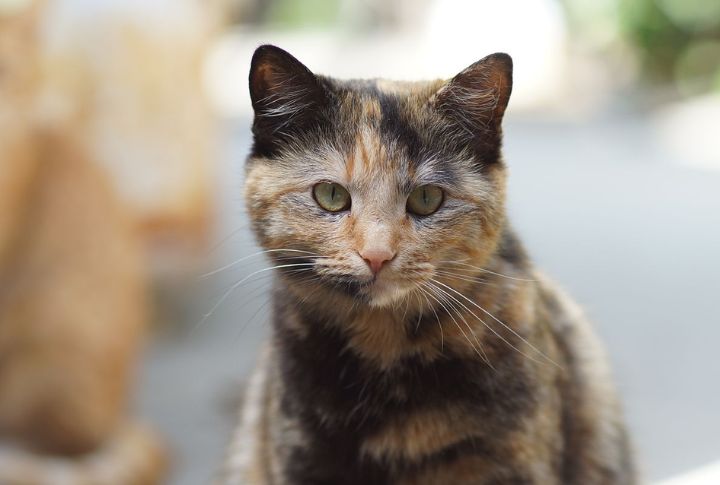
All cats are unique, but every now and then, a new color or pattern stops you mid-scroll—something you’ve never seen before. That rarity comes from a mix of genetics and heritage. Want to see such unique patterns that don’t show up often? Let’s explore 10 of the rarest coats that make a cat all the more intriguing.
Albino
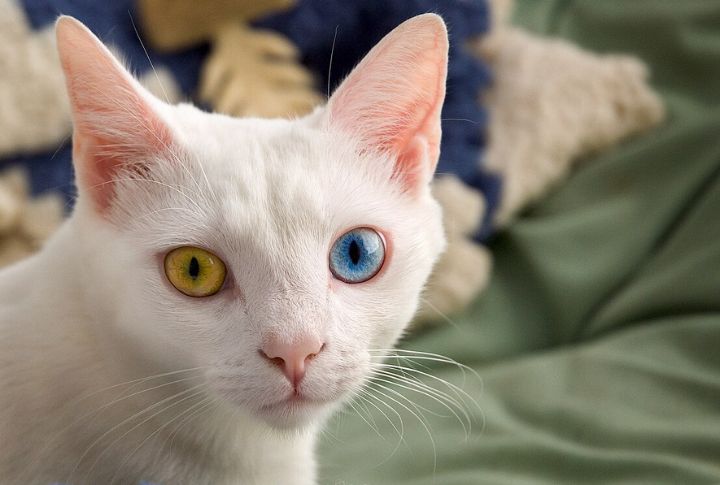
True albino cats differ with the total absence of melanin. Their coats are pure white, and their pale blue or pinkish eyes are extra sensitive to light. The trait comes from a double recessive gene, so both parents need to pass it on.
Chimeric
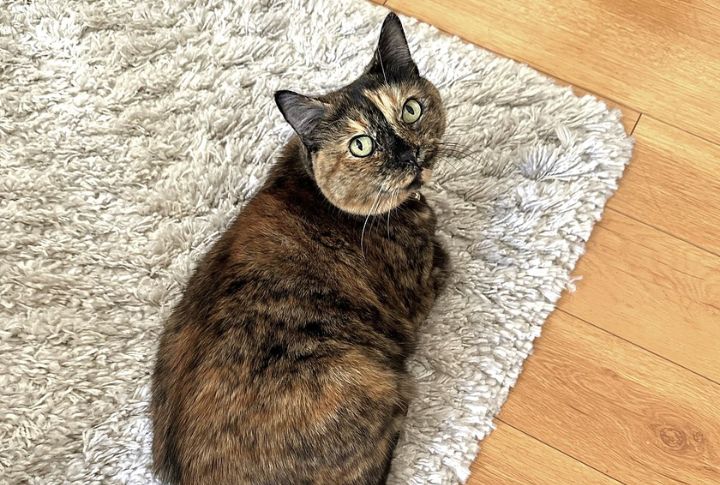
A chimeric cat is the result of two embryos fusing in the womb, each contributing its unique DNA. This can cause a cat’s face to look like a perfect split of two colors. Because of this genetic oddity, chimeric cats capture the hearts of photographers and breeders alike.
Lykoi
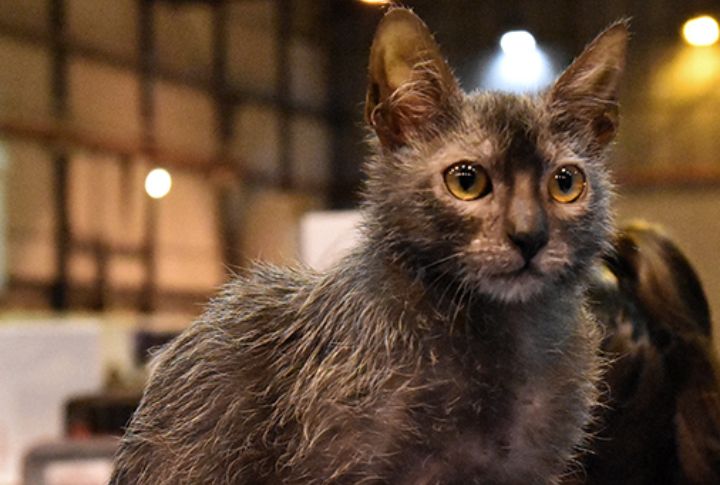
Nicknamed the “werewolf cat,” the Lykoi’s sparse and patchy coat makes it look like a tiny wolf prowling around the house. The natural mutation was first documented in the 2010s in the United States. Their partially hairless appearance comes from a gene mutation affecting hair follicles.
Black Smoke
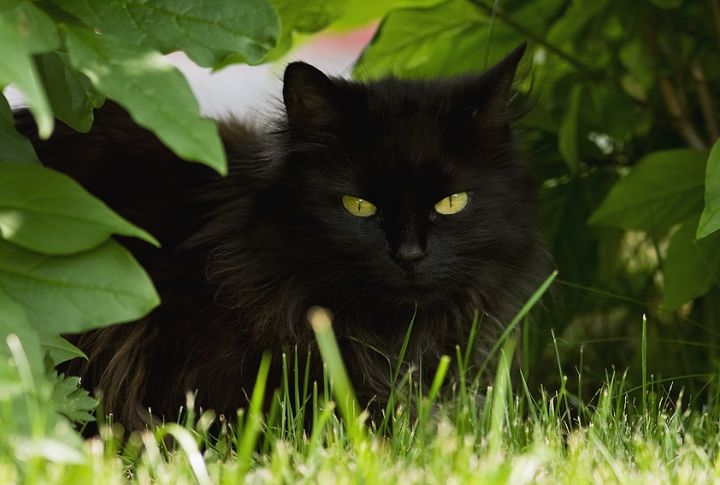
At first glance, a black smoke cat looks like any ordinary solid black cat. But part the fur, and you’ll see an undercoat that’s almost completely white. That’s why the coat has a dramatic smoky effect when it moves. This striking pattern is caused by the inhibitor gene.
Chinchilla
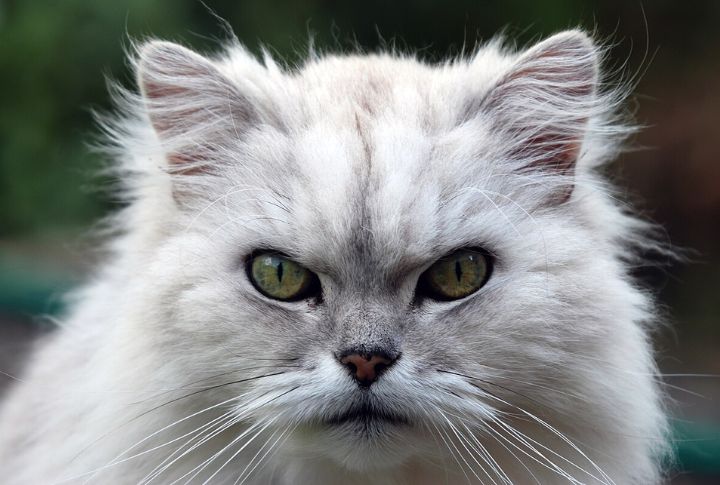
The glow in a Chinchilla cat’s coat comes from a pale undercoat and dark-tipped hairs. That mix of white with silver or black ends gives off a shimmer in the light. It’s the work of a melanin inhibitor gene that limits pigment near the hair roots.
Amber
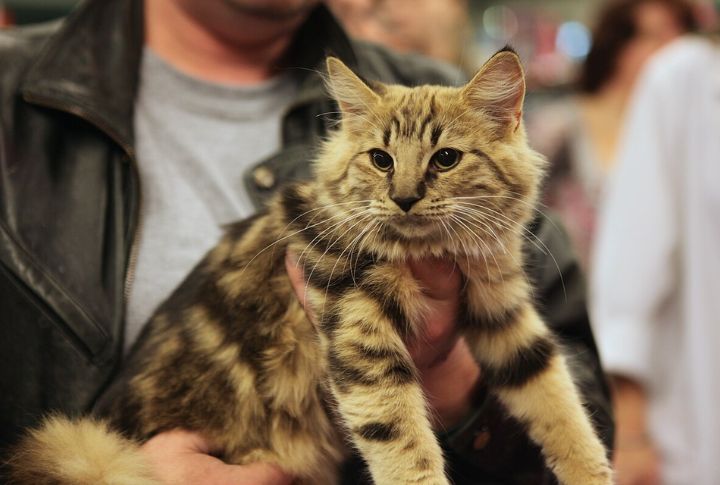
Amber cats undergo a fascinating color transformation: they’re born with dark coats that gradually lighten to a glowing amber shade as they grow. This color shift is unique to Norwegian Forest Cats. As these cats age, their coats can develop a honey-gold appearance that looks even more remarkable in natural sunlight.
Lilac
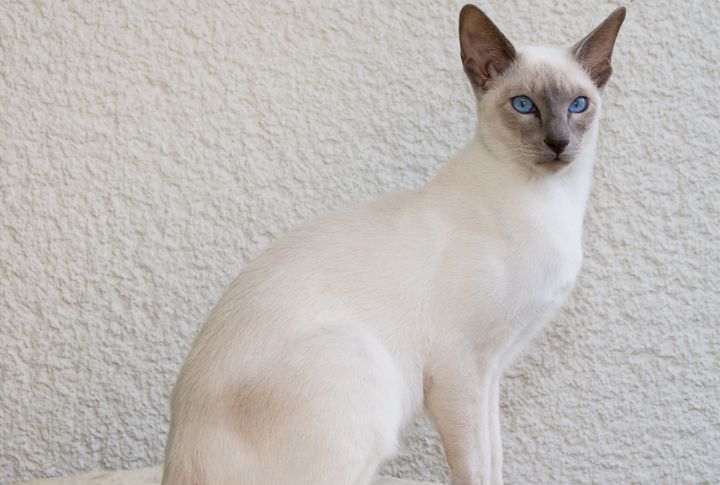
There’s something mysterious and striking about Lilac cats. Their coat is a muted gray with a hint of pink that makes it look soft and almost dreamy. It’s especially noticeable in breeds like Burmese and Siamese, where the pale hue adds a bit of charm.
Cinnamon
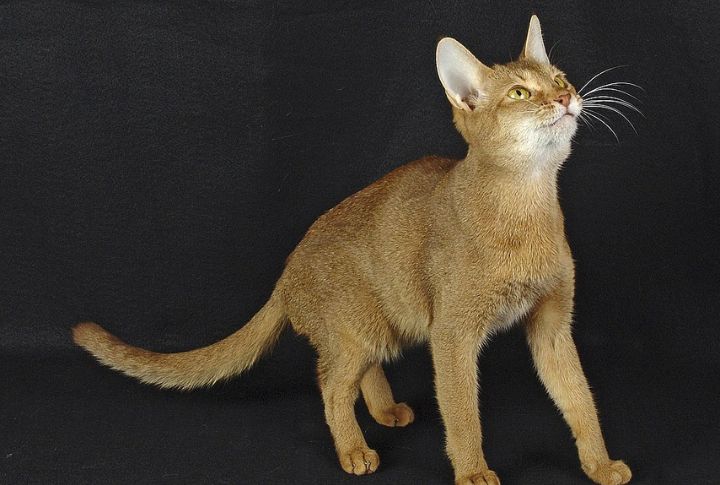
The reddish-brown coat of a Cinnamon cat gives off a warm, earthy vibe. It’s the product of a black color gene that’s taken a rare turn through mutation. Abyssinian cats are often seen with this color. While similar to some lighter brown shades, cinnamon has a richer red tone.
Silver Fawn
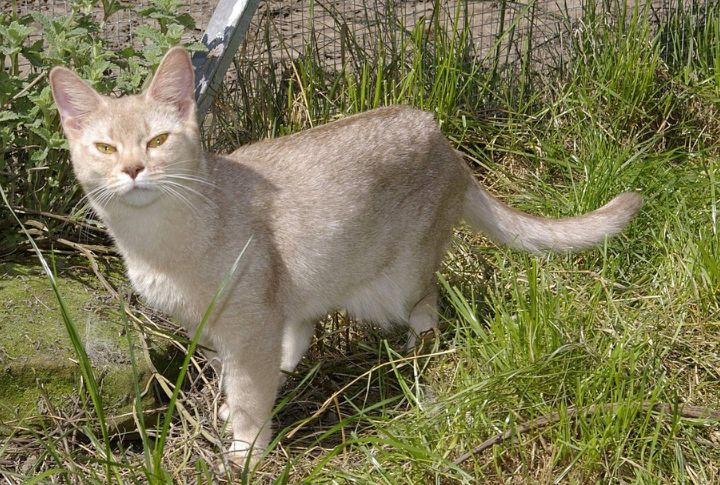
This coat doesn’t call attention to itself; yet somehow, it turns heads. Silver Fawn, a diluted cinnamon gene expression, results in a warm beige fur that changes slightly under different lighting. Even the paw pads and nose blend in beautifully, completing the monochrome charm of the rare color.
Torbie
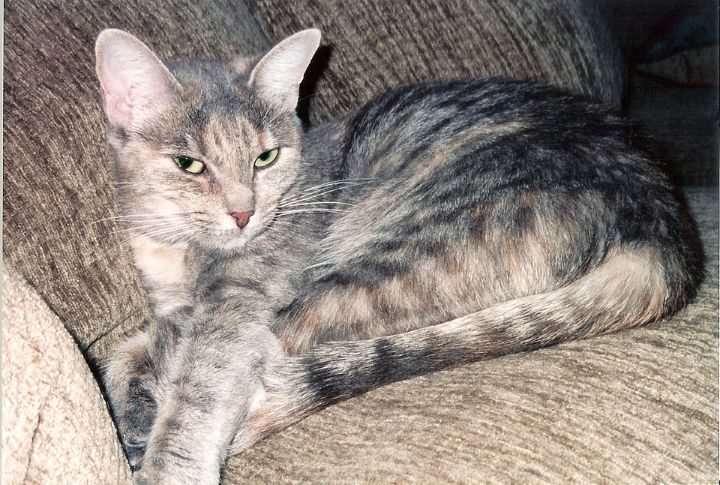
Torbie cats showcase a delightful mix of tortoiseshell and tabby. Their coats display both stripes and patches of orange or cream intertwined with darker shades. Torbies inherit their patterns from complex genetics that combine tabby striping with the calico’s patchiness, which creates a one-of-a-kind look every time.
